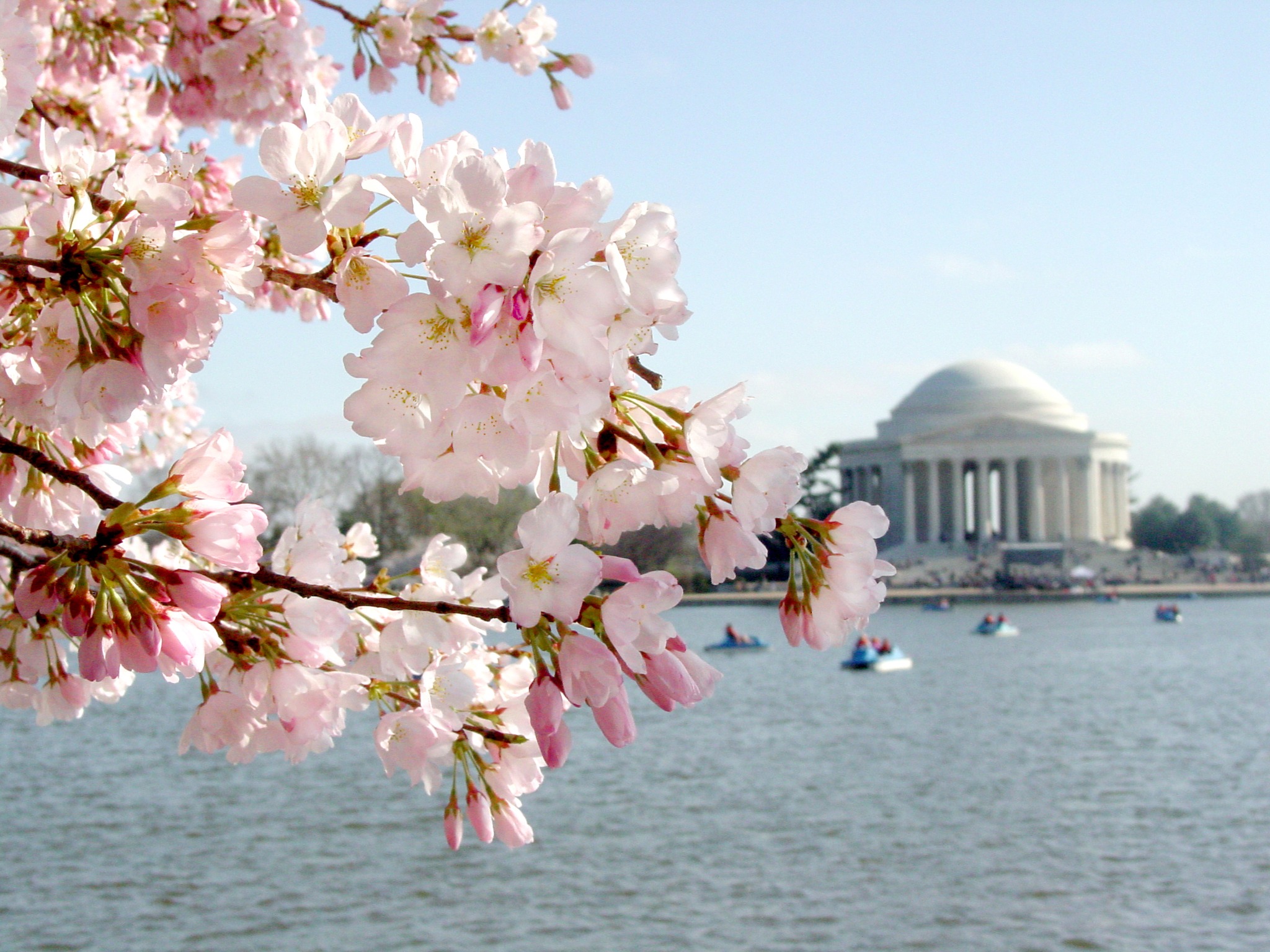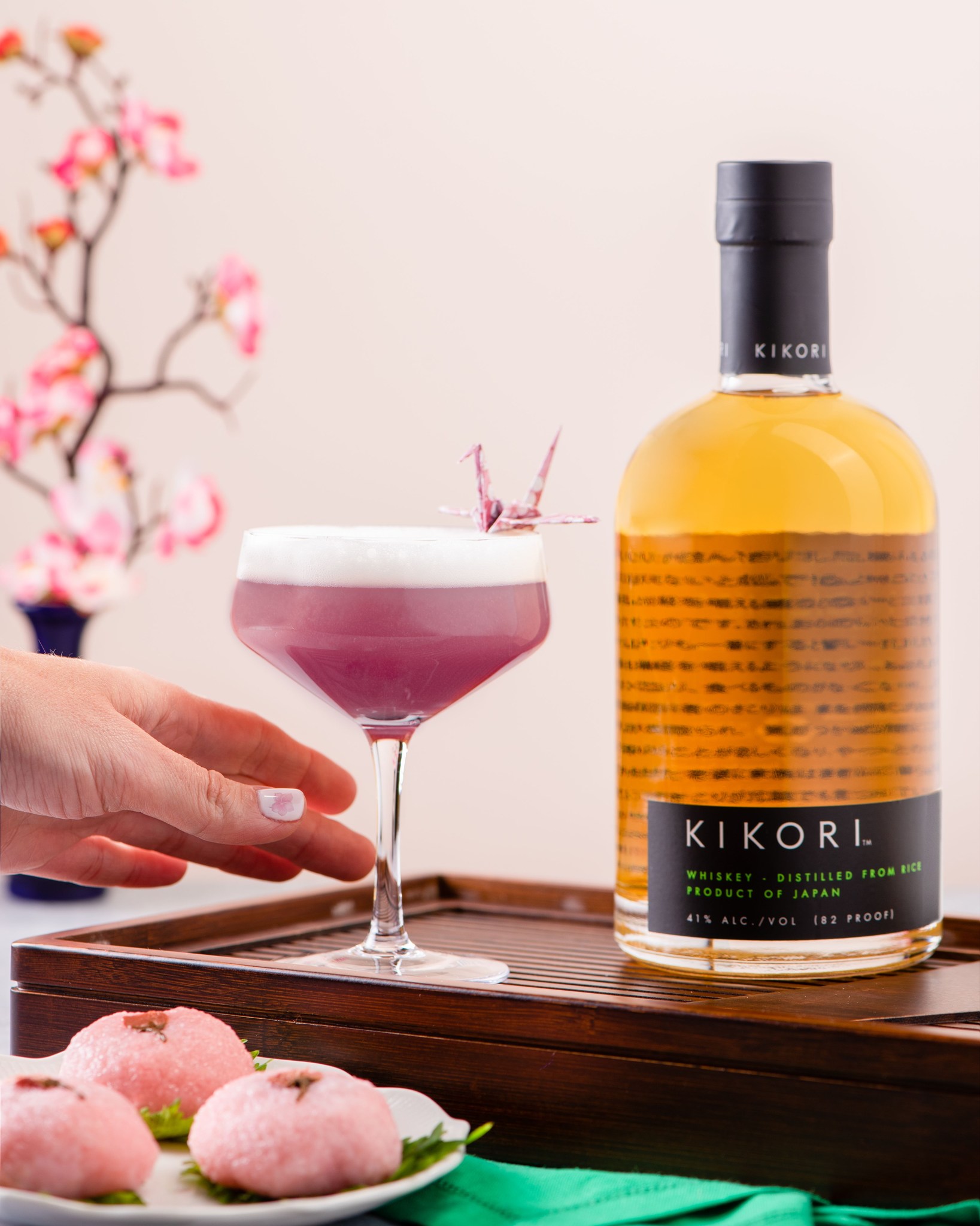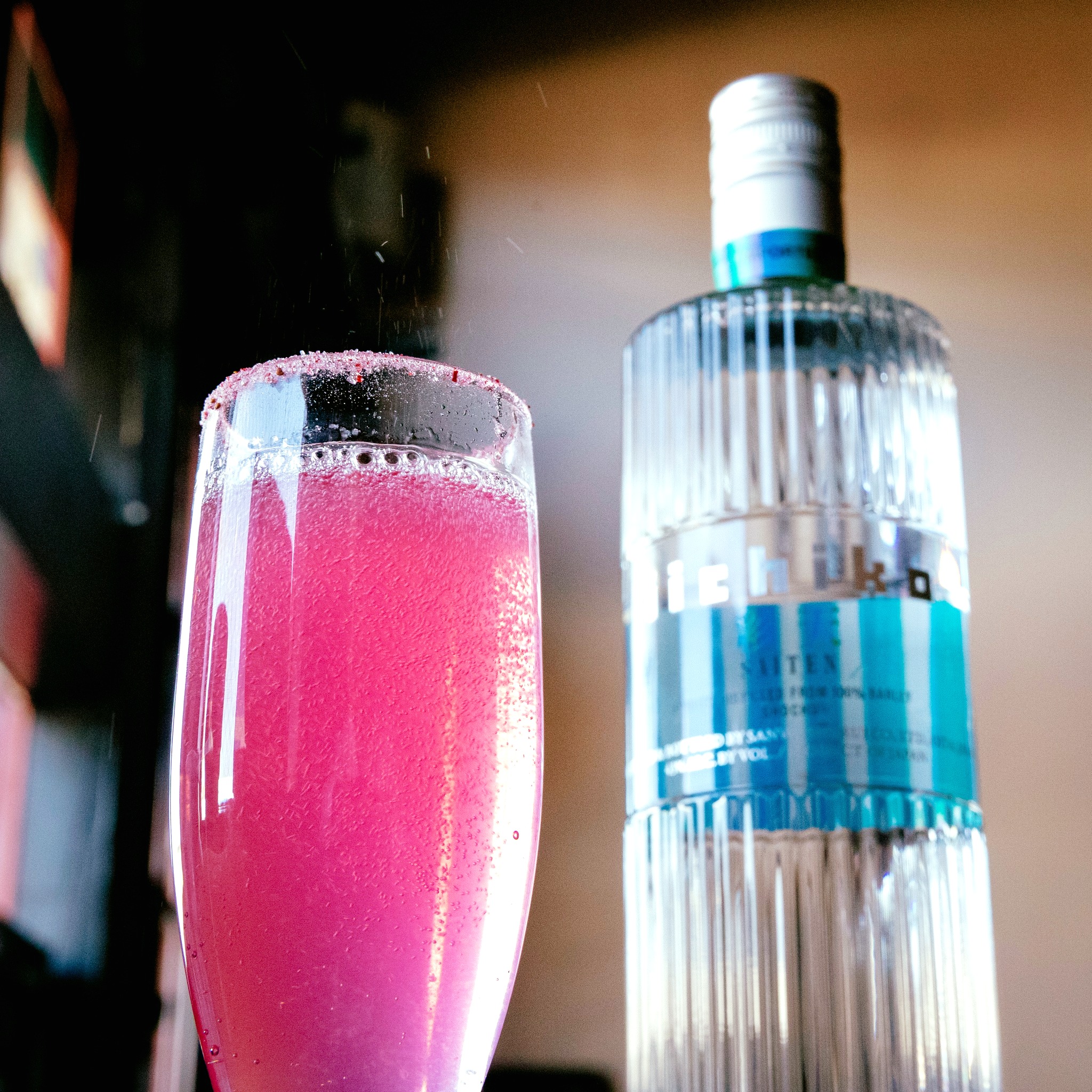Japanese Spirits That Bring Cherry Blossom Season to Life — Sake, Shochu and Whiskey Picks to Try
You Don't Need a Cherry Blossom Tree to Celebrate
BY Courtney Dabney // 04.13.22Iichiko Hana Bottle released just in time for spring. Photo by Daniel Schwartz.
Japan is known for its spectacular spring dusting of cherry blossom trees. The Sakura flower itself is a symbol that you’ll see splashed on just about everything in Japan. From textiles to ceramics. It even graces many business names. For two weeks each spring, the unofficial national flower makes Japanese parks, public spaces and its Sakura-lined boulevards blush with pink blooms. It’s also a time indulge in Japanese spirits like sake, shochu and whiskey.
These flowers bring drink power too. When the short two week blooming season ends, they call it Sakura snow, as the tiny blooms cover the ground and blow pink petals into the breeze.
This year, peak Sakura season in Japan began in the southernmost island around March 30. It is slowly sweeping North week after week and is projected to reach the island of Hokkaido which has the coldest climate in Japan, by April 30, according to Live Japan’s cherry blossom forecast.
Of course, Washington D.C. boasts some of the most awe-inspiring cherry blossoms outside of Japan. Its springtime profusion has been enjoyed ever since Tokyo Mayor Yukio Ozaki gifted more than 3,000 sakura trees to the American capital in 1912. Thus, The National Cherry Blossom Festival is held for four weeks each spring. This year it runs through this Sunday, April 17.

That means it’s time for a traditional toast with sake, shochu and whiskey. This is your guide to some Japanese spirits worth trying.
Cherry Blossoms and Sake Time
The world of sake is ancient and vast. Distilled from fermented rice, it has a distinct flavor ― clean, earthy and rice forward, but smooth without the tannins associated with wine. It can be served hot or cold and is either refined and clear, or raw and cloudy. The options are as vast as your palate.
PaperCity asked Kevin Martinez, the longtime executive chef of Fort Worth’s Tokyo Cafe, which sake on his restaurant’s menu is his personal go-to.
“The Tozai Snow Maiden, which has a slightly sweet honeydew taste, is one of my favorite sakes we have at Tokyo,” Martinez says. “For the fact that it’s super bright and goes well with seafood and delicate flavors.”
Another premium sake you might want to explore is TYKU Junmai Sake made from only four natural ingredients ― premium non-GMO rice, pure soft water, yeast and handmade koji. TYKU is crafted from specialty Akebono sake rice that is highly polished so that only 70 percent of the grain remains. This process removes impurities and refines the taste.
Fresh and smooth with subtle pear notes, this sake leaves a lingering softness on the palate.
The World of Japanese Whiskey
While American whiskey is made from corn, rye, wheat and barley ― what is known as mash ― Kikori Whiskey is one of the first whiskeys to be distilled from 100 percent rice and produced in Japan. The flavor profile is vastly different.
It is distilled from local rice and pure mountain water in Kumamoto, which is located on Japan’s southernmost island of Kyushu. American whiskey aficionados might prefer it in mixed preparations rather than served neat, as it does not have the sweetness or viscosity that corn naturally provides.

Fort Worth’s Shinjuku Station on Magnolia has the same ownership as Tokyo Cafe in restauranteurs Jarry and Mary Ho. Along with a full lineup of sakes and interesting cocktails, you’ll find a few Japanese whiskeys on the menu there.
“The Yamazaki 12 single malt, which is produced by the oldest distillery in Japan, is one of my favorite whiskeys due to how smooth it is, and how well it complements food,” Martinez says.
It’s from Suntory, which was established in 1923. Martinez notes this whiskey is in limited stock and hard to get. When you see it on a menu or in a liquor store, you might want to give it a try.
Shochu
Shochu is the native spirit of Japan. It’s a clear drink that offers rich flavor and a very light smooth finish. It is distilled from barley — and those who enjoy Japanese mugicha or barley tea will be familiar with the flavor profile. Crafted in the Oita Prefecture of Japan ― known for its mountainous terrain and geothermal springs ― iichiko (pronounced each-ko) is one popular name brand. It is made from the soft, iron-free water that is naturally filtered through 1,000 feet of volcanic rock.

Shinjuku Station is adding shochu to a new cocktail ― The Magnolia Blossom. The newest signature cocktail features iichiko Saitan Shochu, prickly pear and prosecco, with a garnished strawberry sugar rim.
This season, iichiko even debuted the HANA Label, a limited-edition bottle inspired by cherry blossom season. With an ABV of 25 percent, HANA is composed of iichiko’s Silhouette expression, the more traditional of the brand’s two products. It’s described as “soft and inviting on the nose with aromas of warm rice, white peach, sea breeze and golden plum.”
If you are looking for something different to sip, why not explore the world of Japanese spirits this spring? After all, it’s the season.








































_md.jpg)
_md.jpg)













_md.jpg)








_md.jpg)
_md.jpg)



_md.jpg)


_md.jpg)












